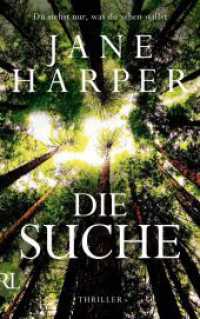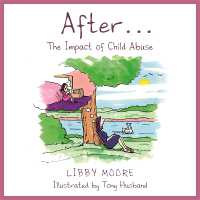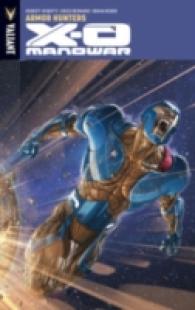- ホーム
- > 洋書
- > 英文書
- > History / World
Full Description
Broken Bodies, Places and Objects demonstrates the breadth of fragmentation and fragment use in prehistory and history and provides an up-to-date insight into current archaeological thinking around the topic.
A seal broken and shared by two trade parties, dog jaws accompanying the dead in Mesolithic burials, fragments of ancient warships commodified as souvenirs, parts of an ancient dynastic throne split up between different colonial collections... Pieces of the past are everywhere around us. Fragments have a special potential precisely because of their incomplete format - as a new matter that can reference its original whole but can also live on with new, unrelated meanings. Deliberate breakage of bodies, places and objects for the use of fragments has been attested from all time periods in the past. It has now been over 20 years since John Chapman's major publication introducing fragmentation studies, and the topic is more present than ever in archaeology. This volume offers the first European-wide review of the concept of fragmentation, collecting case studies from the Neolithic to Modernity and extending the ideas of fragmentation theory in new directions.
The book is written for scholars and students in archaeology, but it is also relevant for neighbouring fields with an interest in material culture, such as anthropology, history, cultural heritage studies, museology, art and architecture.
The Open Access version of this book, available at http://www.taylorfrancis.com, has been made available under a Creative Commons Attribution-Non Commercial-No Derivatives (CC-BY-NC-ND) 4.0 license.
Contents
Chapter 1 - Fragmentation in Archaeological Context - Studying the Incomplete; Part I - Fragmentation and Funerary Practices; Chapter 2 - Marking Boundaries, Making Connections: Fragmenting the Body in Bronze Age Britain; Chapter 3 - Breaking and Making the Ancestors. Fragmentation as a Key Funerary Practice in the Creation of Urnfield Graves; Chapter 4 - Bonded by Pieces: Fragments as Means of Affirming Kinship in Iron Age Finland; Chapter 5 - Revisiting, Selecting, Breaking and Removing: Incomplete and Fragmented Merovingian Reopened Graves in Western Europe; Chapter 6 - Parted Pairs: Viking Age Oval Brooches in Britain, Ireland, and Iceland; Part II - Fragmentation and Archaeological Methods; Chapter 7 - There is Method in the Madness - or how to Approach Fragmentation in Archaeology; Chapter 8 - Four Problems for Archaeological Refitting Studies; Chapter 9 - Describing Identity: The Individual and the Collective in Zooarchaeology; Chapter 10 - Fragmented Reindeer of Stállo Foundations; Chapter 11 - House to House - Fragmentation and Deceptive Memory-Making at an Early Modern Swedish Country House; Part III - Fragmentation and the Manipulation of Objects; Chapter 12 - Multiple Objects: Fragmentation and Process in the Neolithic of Britain and Ireland; Chapter 13 - Breaking, Making, Dismantling and Reassembling: Fragmentation in Iron Age Britain; Chapter 14 - Fusing Fragments: Repaired Objects, Refitted Parts and Upcycled Pieces in the Late Bronze Age Metalwork of Southern Scandinavia; Chapter 15 - Selective Fragmentation: Exploring the Treatment of Metalwork across Time and Space in Bronze Age Britain; Chapter 16 - Pieces of the Past, Fragments for the Future - Broken Metalwork in Nordic Late Bronze Age Hoards as Memorabilia?; Chapter 17 - A Man-of-War in Pieces. Fragmenting the Rikswasa of 1599; Concluding Essay; Chapter 18 - Fragmentation Research and the Fetichization of Independence.








